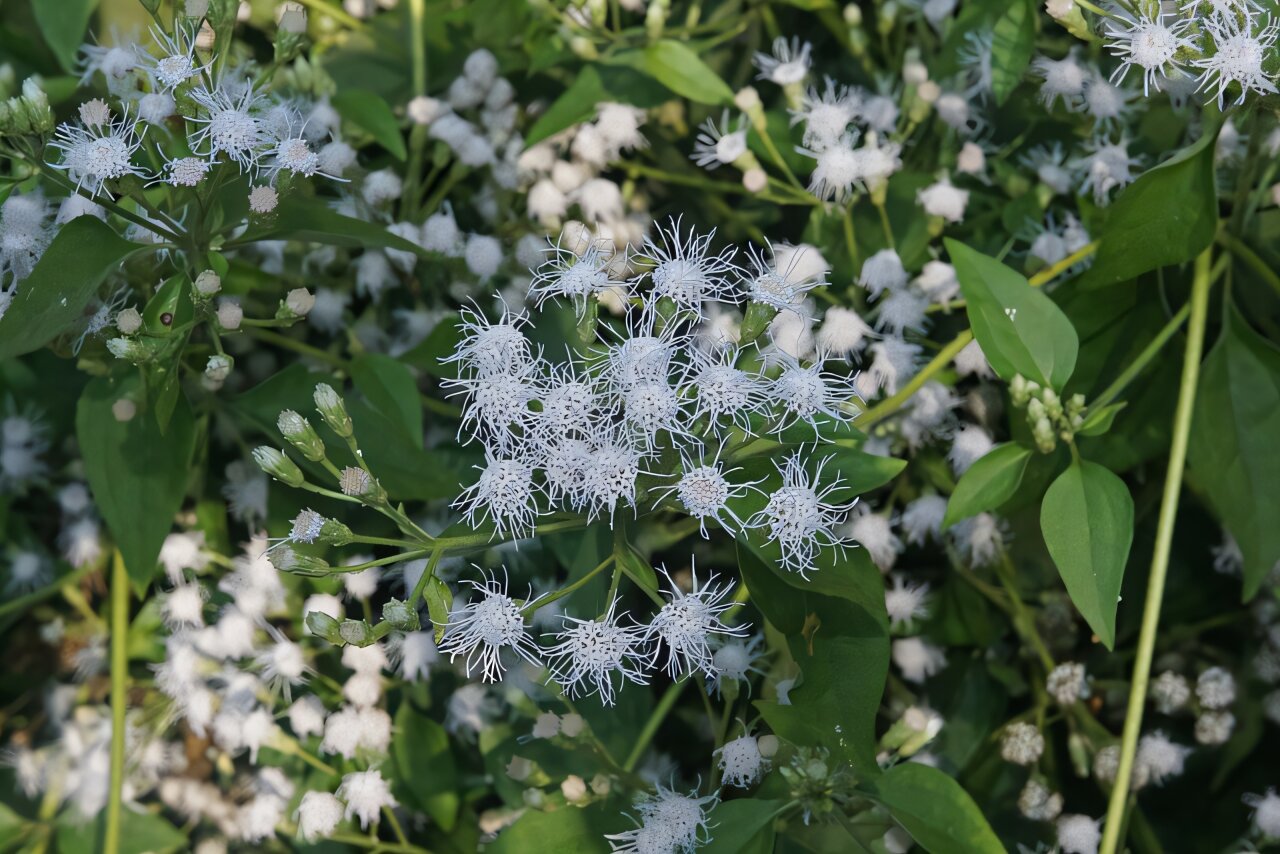Resource competition is an important factor affecting the invasion success of alien plants, and environmental factors influence the competition outcomes between invasive and native plants. Chromolaena odorata has been listed as one of the main invasive species in China and threatens biodiversity, agriculture and forestry of the country.
In a study published in BMC Plant Biology, researchers from Xishuangbanna Tropical Botanical Garden (XTBG) compared competitive outcomes between invasive C. odorata and two native plants (Eupatoriumlindleyanum and Xanthium sibiricum) under different phosphorus (the second most important macronutrient in limiting plant growth) and irradiance (an important resource regulating plant survival, growth, and distribution) levels to provide valuable information for understanding the invasion mechanism of C. odorata.
The researchers planted the seedling in five patterns: monoculture of C. odorata, E. lindleyanum, and X. sibiricum (one individual in each pot) and competition planting (C. odorata + E. lindleyanum; C. odorata + X. sibiricum), at two phosphorus and two irradiance levels: no phosphorus addition and phosphorus addition; normal irradiance and shade irradiance.
They found that invasive C. odorata had a similar effective quantum yield of biogenesis of photosystem II (Phi2) but higher net photosynthetic rate (Pn) than native E. lindleyanum and X. sibiricum in most treatments. The biomass of C. odorata was significantly higher than that of native X. sibiricum but lower than that of native E. lindleyanum except under “Normal + P” and “Normal + No P” treatments. The effects of phosphorus addition on the competition between the invader and native plants depended on the irradiance level.
Moreover, irradiance had no significant effects on biomass in monoculture or competition, but its interaction with species, phosphorus, and competitor identity had a significant effect on biomass under competition conditions.
“Our study showed that invasive C. odorata does not always perform better than both native plants, and the competitive outcome between C. odorata and native plants is dependent on native competitor identity and environmental conditions (irradiance and phosphorus level),” said Zheng Yulong of XTBG, author of the study.
The researchers proposed to plant E. lindleyanum in the understory with phosphorus addition, in order to prevent C. odorata from invading the forest.
More information:
Yu-Long Zheng, The effect of phosphorus, irradiance and competitor identity on the relative performance of invasive Chromolaena odorata, BMC Plant Biology (2024). DOI: 10.1186/s12870-024-05684-3
Provided by
Chinese Academy of Sciences
Citation:
Researchers study effect of phosphorous and irradiance on the invasive plant Chromolaena odorata (2024, November 1)
retrieved 1 November 2024
from 2mK
This document is subject to copyright. Apart from any fair dealing for the purpose of private study or research, no
part may be reproduced without the written permission. The content is provided for information purposes only.
